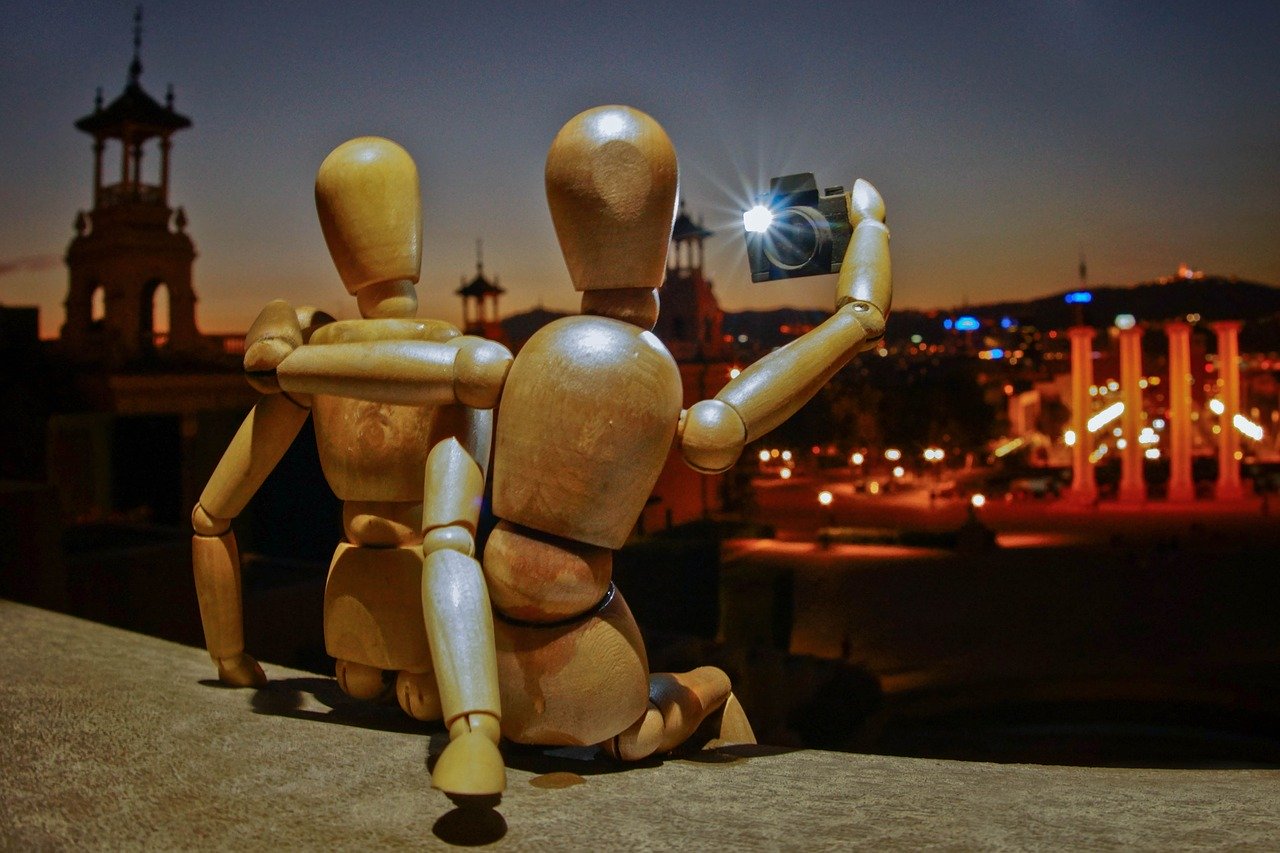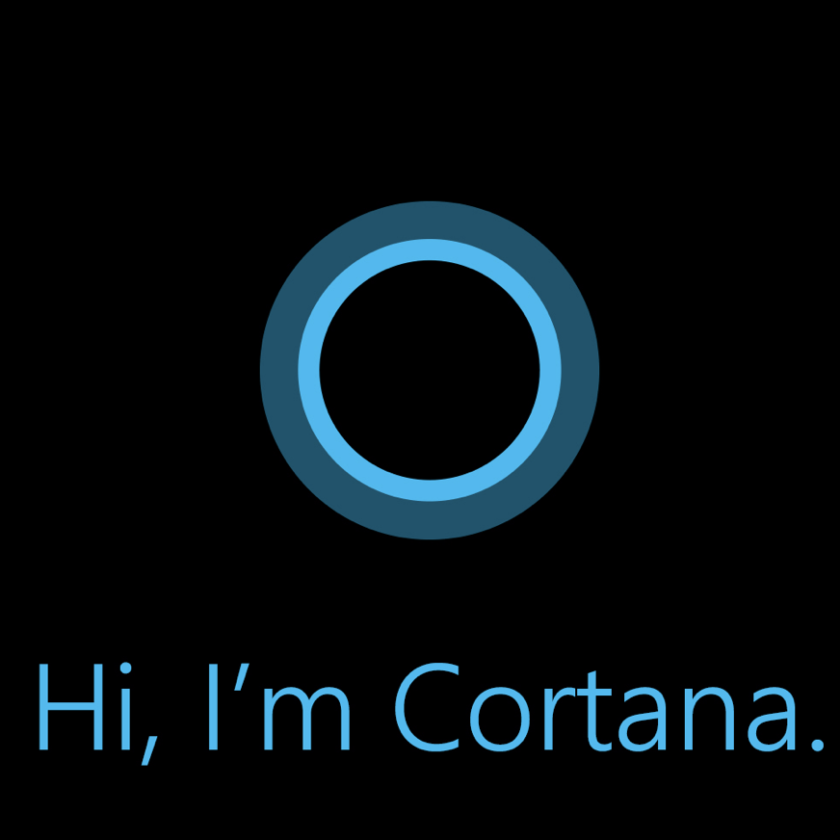
At times I think that the social media world is driven by the propagation of selfies, those self-portraits that you can find anywhere on the web (however you decide to take them). Selfies are often used as character photos for any number of social media sites, especially in popular places like Facebook. But just imagine if selfies interacted with you, winking or smiling when you liked a post or maybe showing an angry face when you give a disparaging response. A group from Tel Aviv University is working to make this possible, and they have developed a process of animating selfies that could make it practical for social media applications.
Animating Selfies
The process incorporates mapping the target image onto a pre-existing driving video created through the use of a model. The target image, once mapped to the driving video first image, is then warped and stretched as needed to match the video as it changes from frame to frame, The result is a process that makes animating selfies possible.
The software does not rely on warping the original image alone, since it will also add in fine detail items that convince us the video is real. Such things as creases and wrinkles are added to the subject through the fine detail portion if the process.
The software is not finished yet since it does have to generate some facial features that are missing from the original image. For example, a selfie that has a closed mouth will probably need to have teeth added to the final rendering if a smile is involved.
Interactive Preview Available
You can see a preview of the process on the group’s website, and the results do look promising. I think it will be only a matter of time before such technology is animating selfies everywhere, from Facebook streams to instant messages. No doubt this will be very entertaining and add to our interactions with otherwise static content.
Caution needed?
In the past, users provided their selfies as a means of identifying themselves and promoting their own self-image. However, by animating selfies the hosting site is actually promoting actions done on and for the site, not necessarily actions desired by the image holder. For example, you may not like it when someone you dislike gives a like to your latest post, but your animated doppelganger smiles at them just the same.
I can imagine that agreements will soon be in place forcing the end user to give modification rights to the hosting site, along with some kind of release if the emotions presented do not match up with your desired response. This can be a slippery slope since the use of one’s image to present emotions outside of the user’s actual intent could be misconstrued by the end viewer. Just imagine if the language allowed the use of the generated images with ads and other promotions. How powerful would the message be if your friends saw you smiling and promoting a brand of cereal or a new movie?
As we go forward with the manipulation of our images on social media, we may need to be cautious as to what rights we give up for the use of the site – if there is even an option. But one thing is certain – animating selfies is fascinating to watch, and I think that the time for static images as profile images is probably short lived.



